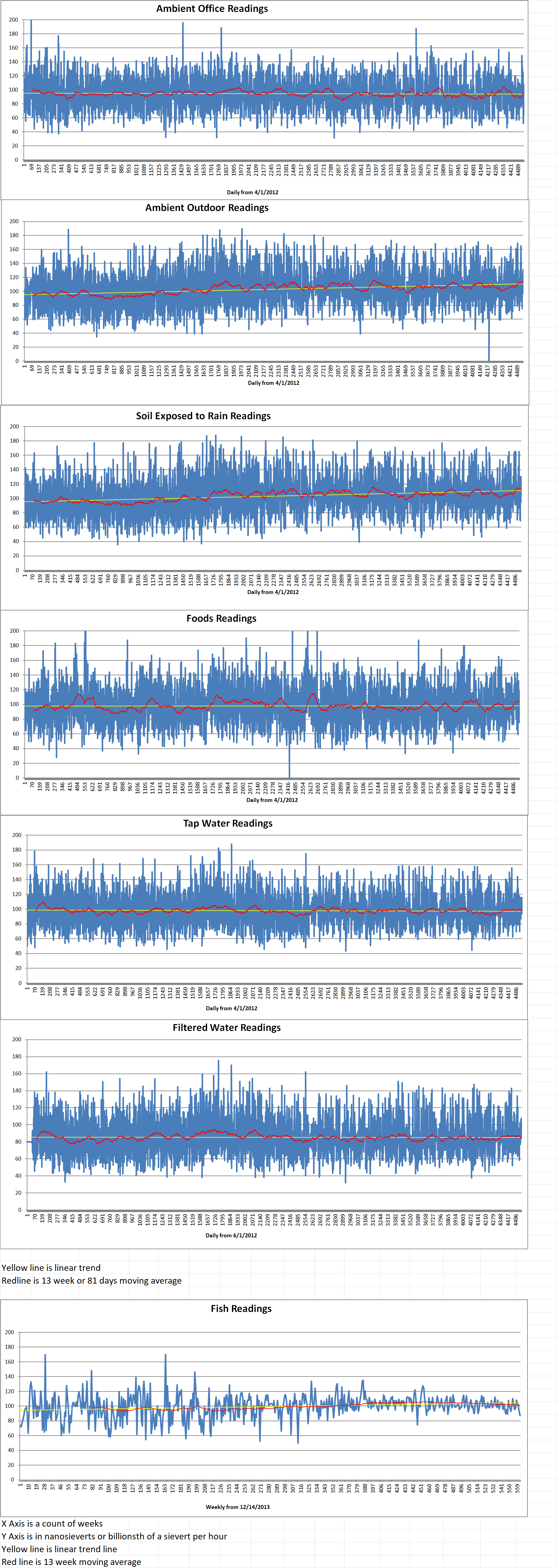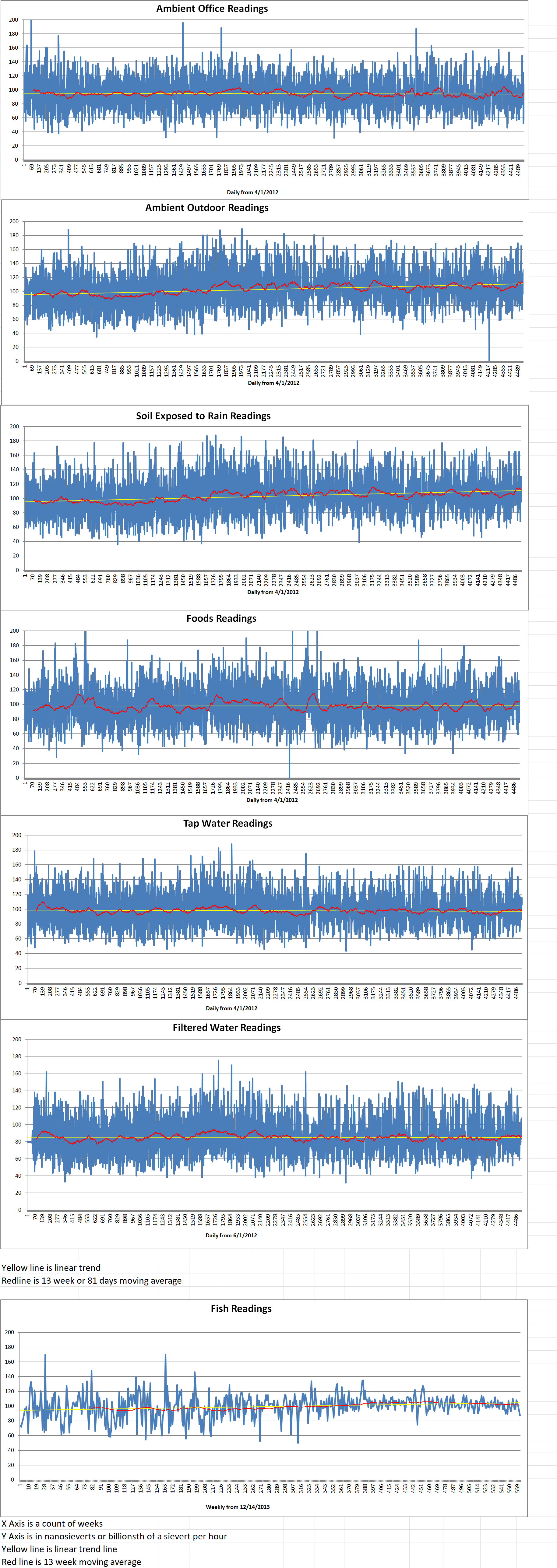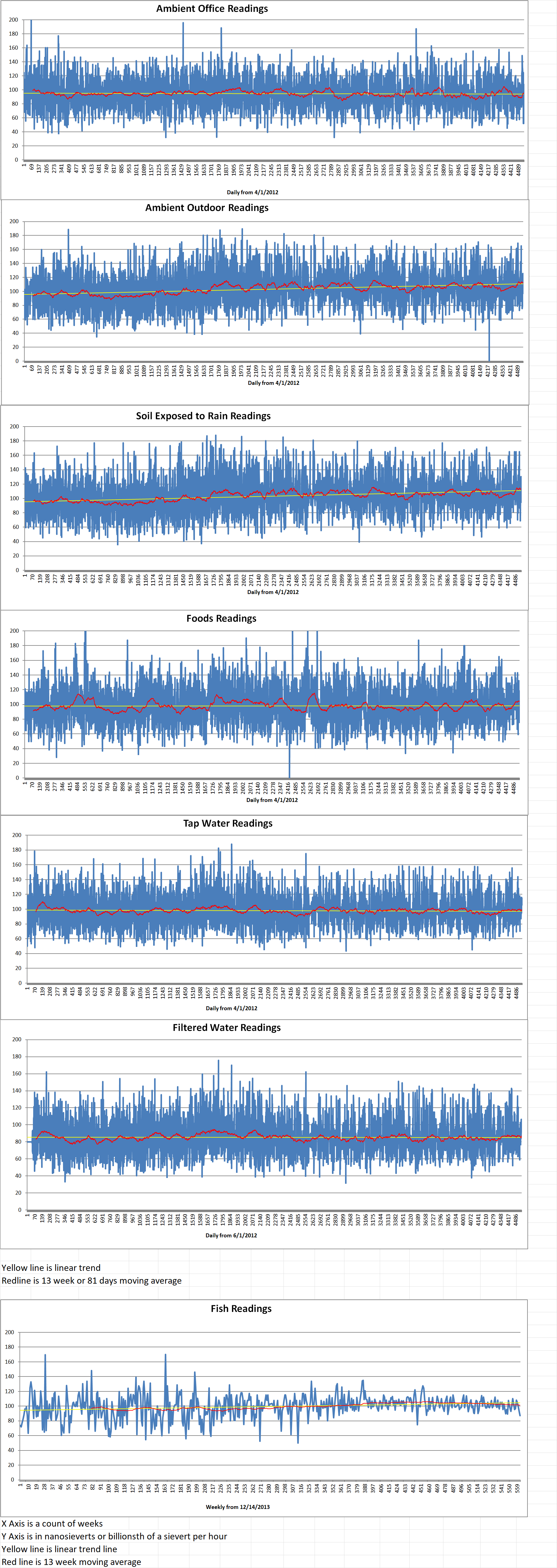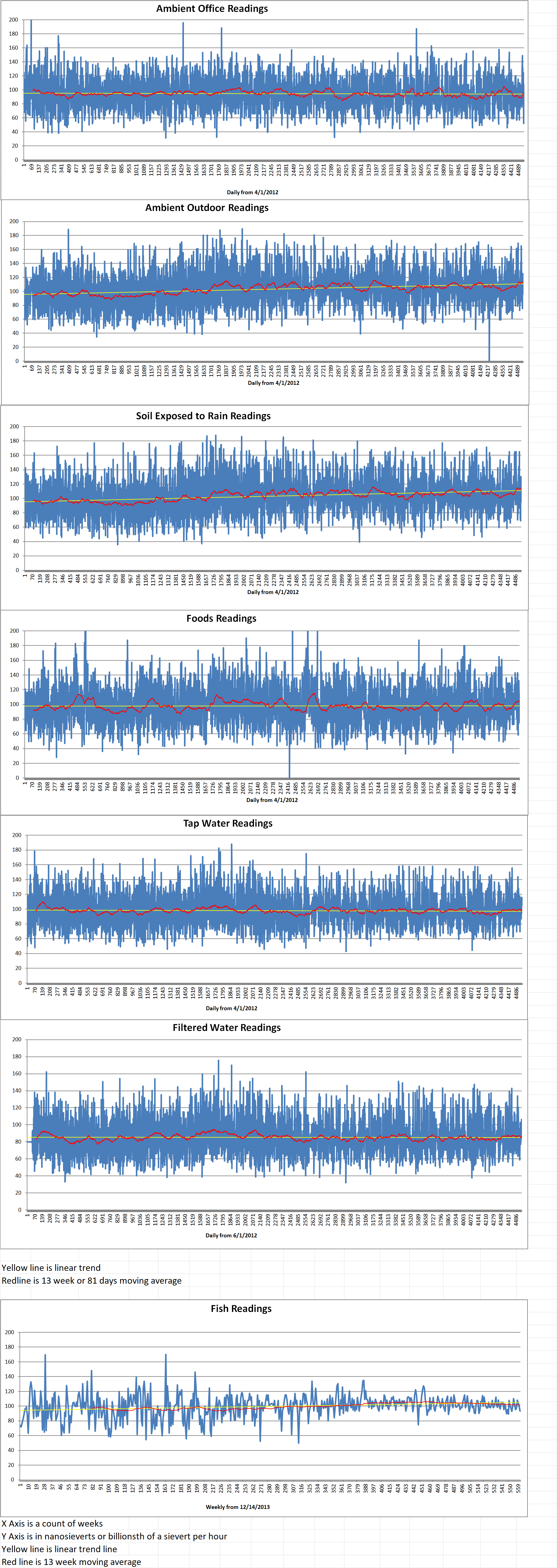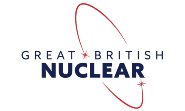Andrei Kelin is Russia’s ambassador to the U.K. He has not denied accusations that Russian sensors have been hidden in seas around Great Britain in an attempt to track U.K. nuclear submarines.
Kelin said that while he did not deny Russia was attempting to track British submarines, he rejected the allegation that such activities presented a threat to the U.K.
When asked on in an interview with Laura Kuenssberg of the BBC whether he objected to the claims, Kelin said, “No”.
Kelin continued, “I am not going to deny it, but I wonder whether we really have an interest in following all the British submarine with very old outdated nuclear warheads… all these threats are extremely exaggerated. I’m denying existence of threats for the United Kingdom. This threat has been invented, absolutely, there is no threat at all from Russia to the U.K.”
Kelin’s admission follows an investigation published by the Sunday Times earlier this month. It detailed the discovery of alleged Russian sensors in seas around Britain. In its investigation, the Sunday Times said the devices are believed to have been planted by Russia to try to gather intelligence on the UK’s four Vanguard submarines, which carry nuclear missiles. The British military discovered the existence of the devices and deemed them a potential threat to national security.
The devices have been characterized as being part of a hybrid war being fought by Russian President Vladimir Putin. Other activities of hybrid warfare could include doing damage to infrastructure assets, such as energy pipelines. Putin’s secret weapon is the threat to the U.K. lurking on its seabeds.
The accusations come after the Royal Navy released pictures in March of a Russian warship that it tracked sailing near British waters. Named Boikiy, it is one of several Russian vessels that have been tracked sailing near the British coast in recent months.
Secretary John Healey of the U.K. Defence Department told members of Parliament in January that the Royal Navy had monitored a Russian spy ship after it was spotted around UK waters. He accused the vessel, called Yantar, of being used to gather intelligence and map the U.K.’s underwater infrastructure.
U.K. Former Conservative Defence and Foreign Office minister Tobias Ellwood has warned that the U.K. is “behind the curve” in tracking Russia’s deep-sea operations. Ellwood said earlier this month that the use of sensors was “only half the story”, claiming that Russia has established “remote seabed platforms” off the U.K. coast that act as recharging stations for dozens of mini-submarines “to map our undersea cable networks for potential sabotage”.
A Ministry of Defence spokesperson told BBC News that “We are committed to maintaining and enhancing the security and resilience of critical undersea infrastructure. Just as the Defence Secretary called out the activities of the Russian spy ship Yantar hovering over our undersea cables, let those who threaten the U.K., or our allies be in no doubt that we will defend our undersea infrastructure.”
Responding to the Sunday Times investigation into the sensors, a Ministry of Defence spokesman said, “Alongside our NATO and Joint Expeditionary Force allies, we are strengthening our response to ensure that Russian ships and aircraft cannot operate in secrecy near the U.K. or near NATO territory, harnessing new technologies like AI and coordinating patrols with our allies. And our continuous-at-sea nuclear deterrent continues to patrol the world’s oceans undetected as it has done for 56 years.”
U.K. Ministry of Defence
